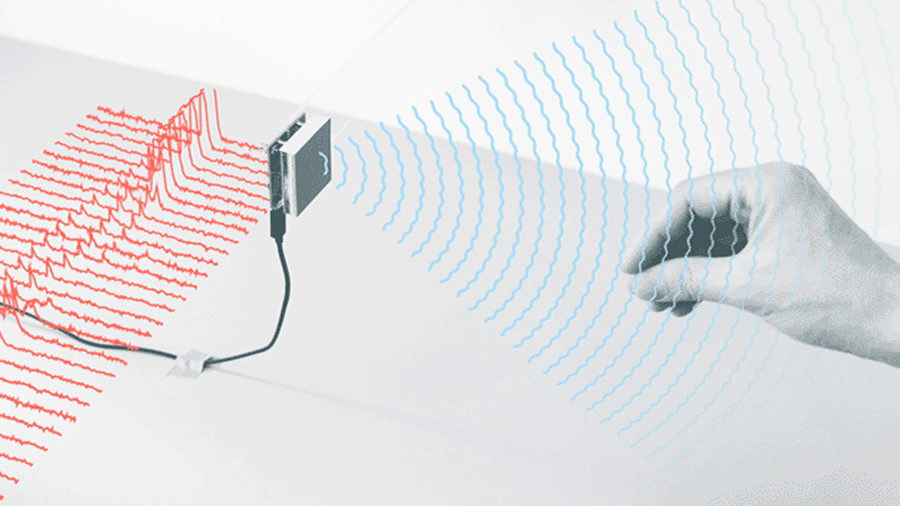Diabetes management may soon become ouchless with a new invention by researchers from the University of Waterloo. The research team have described a proof-of-concept system that uses Google’s Soli, a sensing technology that uses miniature radar to detect touchless gesture interactions, to track accumulation of glucose within a solution.
The scientists carried out their research by using Google’s Soli alpha kit. Co-developed by Google and a German hardware firm Infineon, the Soli system is a 60 GHz mm-wave radar that promises a small, mobile, and wearable platform intended for gesture recognition.
Scientists retrofitted the Soli to design a prototype that can detect minute changes in the properties of solutions with different levels of glucose and distinguish between different concentrations of the biomarker.
Scientists believe with further analysis and adaptation, this prototype technology could potentially be implemented for diabetes patients as an innovative noninvasive approach to managing blood glucose levels, reports MobiHealthNews.
“We want to sense blood inside the body without actually having to sample any fluid,” said George Shaker, an engineering professor at the University of Waterloo and the International Journal of Mobile Human-Computer Interaction paper’s lead author. “Our hope is this can be realized as a smartwatch to monitor glucose continuously.”
For their study, Shaker and his team retrofitted the system to measure glucose level in a mixture using the same high-frequency radio waves as in Soli (60 GHz mm-wave).
The team then measured more than 500 wave features and characteristics from the returned radio waves. They analyzed these through a custom-made machine-learning algorithm and found that it was 85% as accurate as a traditional blood glucose analysis when tested with diabetic volunteers.
Shaker was amazed by the correlation. “We have shown it is possible to use radar to look into the blood to detect changes,” he said.
Related LifePlus Announces First Noninvasive Continuous Glucose Monitoring Wearable
For their next step, the researchers will have to tackle how to maintain and improve their results when measuring glucose through human skin. The researchers are also working with Infineon to boost the precision of the system and shrink the device to lower the cost and power consumption.
“I’m hoping we’ll see a wearable device on the market within the next five years,” Shaker said. “There are challenges, but the research has been going at a really good rate.”













